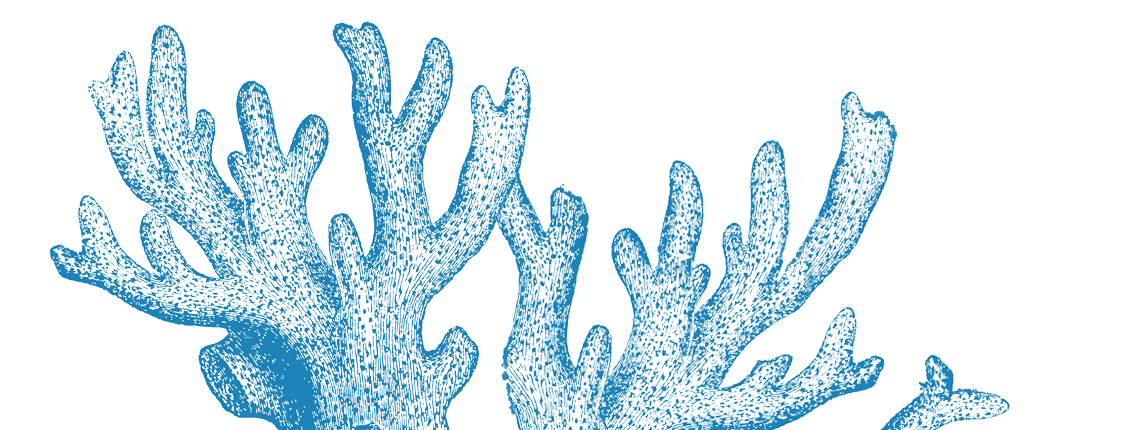Combating the Effects of Ocean Acidification
The Problem
The oceans absorb approximately a quarter of the carbon dioxide emitted into the atmosphere by human activities. When dissolved in water, carbon dioxide (CO2) forms carbonic acid. As a result, in the last 150 years—since the beginning of the industrial revolution—the oceans have become 30% more acidic. This increasing acidity disrupts the carbonate system upon which almost all marine organisms are dependent, from the phytoplankton at the bottom of the food chain, which produce the majority of the planet’s oxygen, to the shellfish, coral, and even finfish that form marine food webs. While our ability to measure changes in ocean acidification has advanced rapidly, innovations to adapt and resolve the impacts remain woefully inadequate or non-existent.

The Challenge
Develop technologies and innovations that strengthen resilience and help habitats adapt to the effects of ocean acidification, and mitigate its effects. These may include techniques as wide-ranging as harnessing synthetic biology or microbiology, manipulating ecosystem dynamics, utilizing selective breeding, or geo-engineering ecosystems to change local pH.
Problem Statement
The ocean’s chemistry facilitates conditions for species-rich biodiversity and sets the foundation for many of the cycles and systems that sustain all life. However, human caused influx of carbon pollution into our atmosphere, which is deposited into our oceans, is drastically altering the chemical makeup of the oceans, threatening the physical, chemical, and biological processes that are necessary for life.
The ocean surface absorbs around 27% of the excess carbon dioxide from human activity, leading to a reduction in pH and shift in the carbonate chemistry of the seas. This particularly affects organisms with shells, including mollusks, corals, and many phytoplankton that form the base of the food chain. Calcification, the process by which organisms create their shells (such as the building blocks of coral), is greatly affected by acidification; as the saturation state of the necessary compounds for shell formation (calcium carbonate) decreases, organisms require more energy for shell formation and maintenance. In some cases, such as is seen with Northeast Pacific pteropods, even adult shells can dissolve in the more acidic water.
Ocean acidity is one of the first changes to be measurable as atmospheric CO2 concentrations rise. Acidity is expected to increase a further 40–50% if CO2 concentrations reach the projected end-of-century concentration according to current emission rates. The oceans have already become about 30% percent more acidic since the start of the Industrial Revolution, in tandem with a 39% decline in marine species populations in the past 40 years.
This fundamental and ongoing alteration of our ocean’s chemistry threatens the survival of ecosystems in a way not seen in tens of millions of years. Such change will accelerate the rate of erosion for many shell-building creatures and will cause significant biodiversity loss as pH levels become increasingly more acidic.
In a preview of the types of impacts to come, an acidification event that occurred in the Pacific Northwest of the United States led to widespread mortality in young oyster larvae. With over 80% mortality in most oyster hatcheries, an entire industry was placed at risk as a result of more acidic waters. Without reducing atmospheric CO2, acidification will continue to cause widespread changes in the fundamental processes that create the overall structure and function of marine ecosystems. However, the reality is that ocean acidification is an active process, and both natural systems and our communities will have to grapple with its impacts. Innovations to help us and our ecosystems cope with ocean acidification will be a necessary step to conserve marine biodiversity.
Respond to this Challenge!
Going from an idea to a tangible solution is no easy task.
Share your project on the Digital Makerspace to shape and improve your idea. You’ll benefit from the technical expertise of the Tribe and connect to additional financial and technical resources. We’ll help you navigate the tech development process and identify market opportunities. Through collaboration, we build conservation solutions that are impactful and have the potential to scale.
PART OF
Ten Grand Challenges for Ocean ConservationPROJECTS
A Gift from the Deep
Making the ocean surface bloom with new life using deep water, which reduces storms by cooling it and reduces the acidification by converting CO2 into plants
OpenCTD
A low cost, open-source instrument for measuring conductivity, temperature, and depth.
CHALLENGE LEADER
SPONSORS & ORGANIZERS
